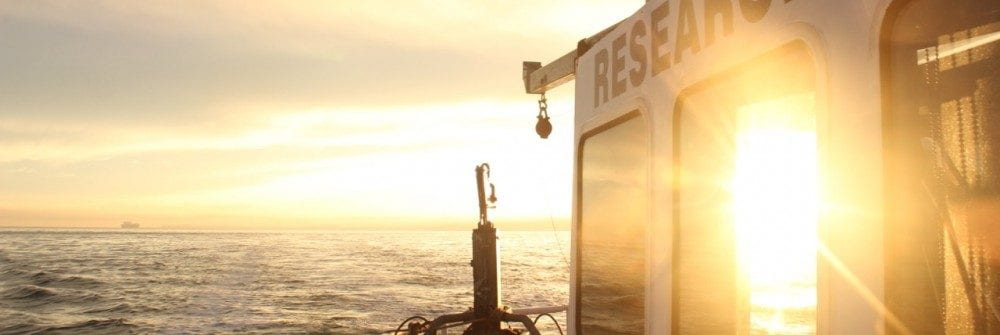Andrea, Emily, and Steve Rubin (USGS)—with help from Ian Miller (WA Sea Grant)—made a successful rapid response cruise to the Elwha Delta, following a day of heavy rain. The goal was to collect surface water samples from the river plume. Given sufficiently high sediment concentrations, these samples will be usable for grain-size and concentration analyses.
Collecting these samples has been on the to-do list for a long time, but this winter has been particularly dry (= low river flow). The January 11th rainstorm did not flood the river, but still made for a pretty exciting day on the water and a truckload of great samples. Emily is currently processing these in the lab – sediment will be allowed to settle for about a week, and after a series of dilutions, will be processed using the Sedigraph. The goal is to determine size distributions of disaggregated particles in the plume.
Back to watching the weather for the next big one! With any luck, we’ll see a pineapple express (http://www.komonews.com/weather/faq/4307577.html) sweep through western Washington this winter.

Winter at the Elwha – this was the edge of the surface plume a day after heavy rains. Nice sediment samples!


























